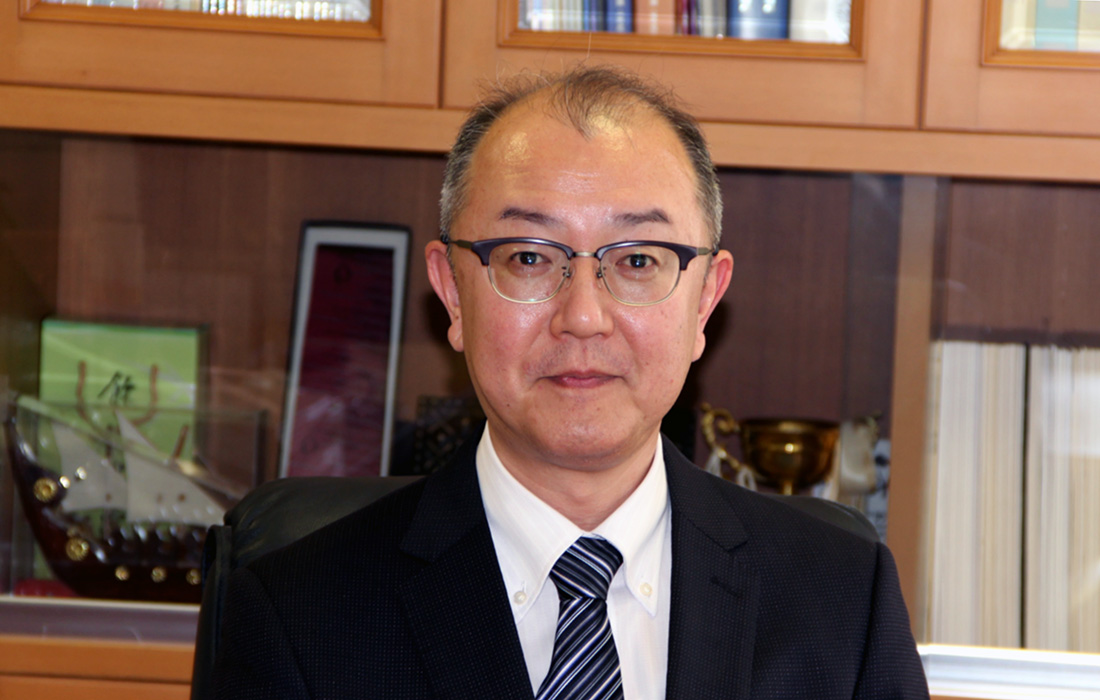
The Research Institute for Electronic Science (RIES) at Hokkaido University was originally established as the Ultra-Shortwave Research Institute in 1943. It was later renamed the Institute of Applied Electricity in 1946 and reorganized into its current form in 1992. With a history spanning over 80 years, our institute has continuously evolved with the changing times, advancing cutting-edge research that spans optical science, materials science, life sciences, and mathematical sciences under our mission to pioneer new interdisciplinary fields.
Our research extends beyond pure academic inquiry. In pursuit of a sustainable society, we are dedicated to developing materials and devices that enhance energy efficiency and reduce environmental impact. In 1973, we established the affiliated Electronic Measurement Development Facility (now the Green Nanotechnology Research Center), focusing on creating next-generation environmentally harmonized technologies. Additionally, in 2015, we launched the Social Creativity Mathematics Research Center, integrating mathematical sciences to explore new research frontiers.
Advancing fundamental research into large-scale interdisciplinary domains requires robust collaboration. Since 2009, our institute has been a key participant in the Ministry of Education, Culture, Sports, Science and Technology’s (MEXT) “Network Joint Research Center for Materials and Devices.” We have formed strategic alliances with research institutions such as the Institute of Multidisciplinary Research for Advanced Materials at Tohoku University, the Chemical and Life Science Research Institute at Tokyo University of Science, the Institute of Scientific and Industrial Research at Osaka University, and the Institute for Materials Chemistry and Engineering at Kyushu University. Through these partnerships, we conduct over 400 joint research projects annually, generating numerous groundbreaking scientific achievements. Furthermore, we actively foster international research networks and cultivate young researchers through academic agreements with universities in Europe, the Americas, and Asia.
Our institute is also deeply committed to education. In collaboration with Hokkaido University’s Graduate Schools of Information Science and Technology, Environmental Science, Life Science, Science, and Chemical Sciences and Engineering, we provide interdisciplinary research guidance to undergraduate and graduate students, nurturing the next generation of scientists and engineers.
The advancement of science and technology is the driving force shaping our future. At the Research Institute for Electronic Science, we will continue to embrace unrestricted and innovative thinking to create new knowledge and technologies. By translating our research findings into real-world applications, we strive to contribute to the realization of a sustainable future. We sincerely appreciate and look forward to your continued support and collaboration.










